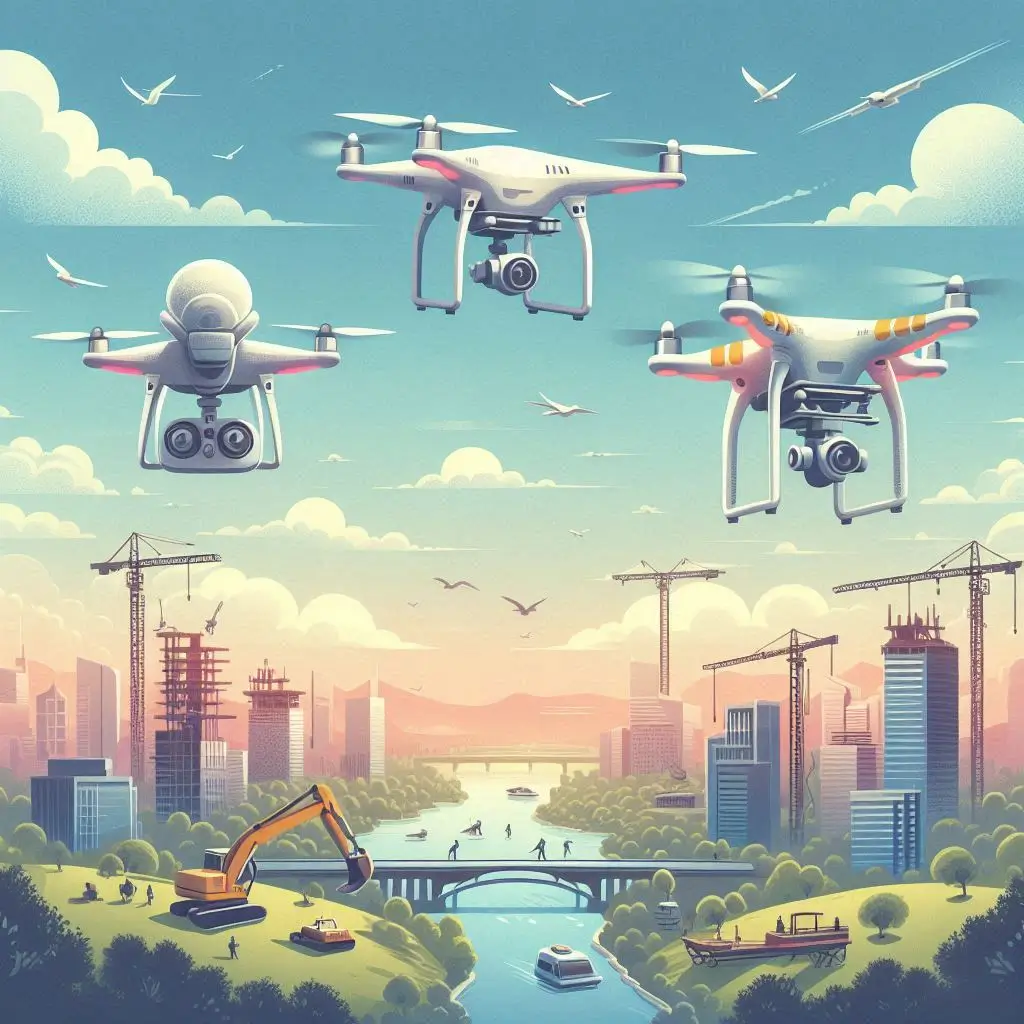As the drone industry expands rapidly worldwide, topics like GLOBAL DRONE LICENSE TYPES, Drone license National Fee,(드론자격증 국비) DRONE CERTIFICATION OUTLOOK, and Drone Industry Status have become increasingly important. In this post, we’ll explore these aspects together to better understand how drone licensing is evolving across different regions and what it means for aspiring pilots and industry professionals.
GLOBAL DRONE LICENSE TYPES
- Divided into recreational, commercial, and professional categories
- Often based on drone weight and pilot experience
- Some countries require mandatory training or exams
GLOBAL DRONE LICENSE TYPES are generally categorized based on how the drone is used. Recreational licenses are typically the most lenient, often requiring minimal documentation or flight hours. Commercial licenses, on the other hand, usually demand more stringent qualifications, including passing a written exam or undergoing supervised training.
For instance, in the United States, the FAA Part 107 license is required for any commercial drone operations, and it includes a knowledge test covering airspace rules, weather, and emergency procedures. Similarly, in the EU, drone categories are divided into ‘Open’, ‘Specific’, and ‘Certified’, depending on the level of operational risk. The higher the risk or drone weight, the more rigorous the licensing requirements become.
As drone usage grows in areas like delivery, inspection, and filmmaking, many countries are also introducing professional or advanced licenses that require hands-on practical training and flight assessments.

DRONE LICENSE NATIONAL FEE
- Varies widely depending on country policies
- Some governments offer subsidies or training programs
- Infrastructure and digital systems are key enablers
드론자격증 국비 지원 plays a crucial role in how accessible and efficient the licensing process is. Countries with strong institutional backing such as standardized training systems, certification centers, and online application portals tend to have higher compliance and innovation levels in their drone sectors.
For example, Japan and South Korea have government-funded drone academies aimed at cultivating professional pilots. These programs often partner with universities and local governments to provide comprehensive drone education and certification. Meanwhile, the UK and Canada emphasize regulatory transparency and support digital certification management through centralized online platforms.
DRONE LICENSE NATIONAL FEE can also include financial incentives. In some EU countries, aspiring drone operators can apply for subsidies that cover the cost of training programs or licensing fees, especially if their work contributes to infrastructure inspection, agriculture, or emergency services.
DRONE CERTIFICATION OUTLOOK
- Increasing standardization across countries
- Push toward international recognition and mutual agreements
- Automation and AI influencing certification pathways
DRONE CERTIFICATION OUTLOOK suggests a move toward global harmonization. As cross-border drone operations become more common especially in sectors like logistics and surveying there’s a growing need for internationally recognized licenses.
Organizations like the International Civil Aviation Organization (ICAO) are working on frameworks to standardize drone pilot competencies and flight authorization protocols. This could eventually lead to mutual recognition of licenses, reducing administrative hurdles for drone companies operating in multiple jurisdictions.
Additionally, automation is starting to reshape what drone certification looks like. As more autonomous features are built into drones such as obstacle detection, auto-return, and AI-based navigation the skill set required for operators is changing. Future certifications may include modules on managing AI systems and interpreting automated flight logs rather than just manual piloting skills.
Drone Industry Status
- Strong growth in commercial and industrial sectors
- Regulatory lag remains a challenge
- Investments and innovation are on the rise
Drone Industry Status reflects a dynamic and rapidly expanding ecosystem. While drones were once viewed as niche tools for hobbyists or photographers, they now serve critical roles in agriculture, energy, construction, security, and even healthcare delivery.
The commercial drone market is projected to exceed hundreds of billions in value within the next decade. Major tech firms and startups alike are investing in drone technologies ranging from heavy-lift cargo drones to swarms used for land surveying.
However, one of the major hurdles remains regulatory lag. In many countries, laws have not caught up with the capabilities of modern drones. Issues like airspace integration, privacy, and safety continue to pose challenges. Still, as governments begin to recognize the strategic importance of drones, regulatory reform is accelerating.
In summary, the drone industry is not just growing it’s evolving. Licensing, certification, and national support systems will be central to shaping the safe and sustainable development of this exciting technology sector.

